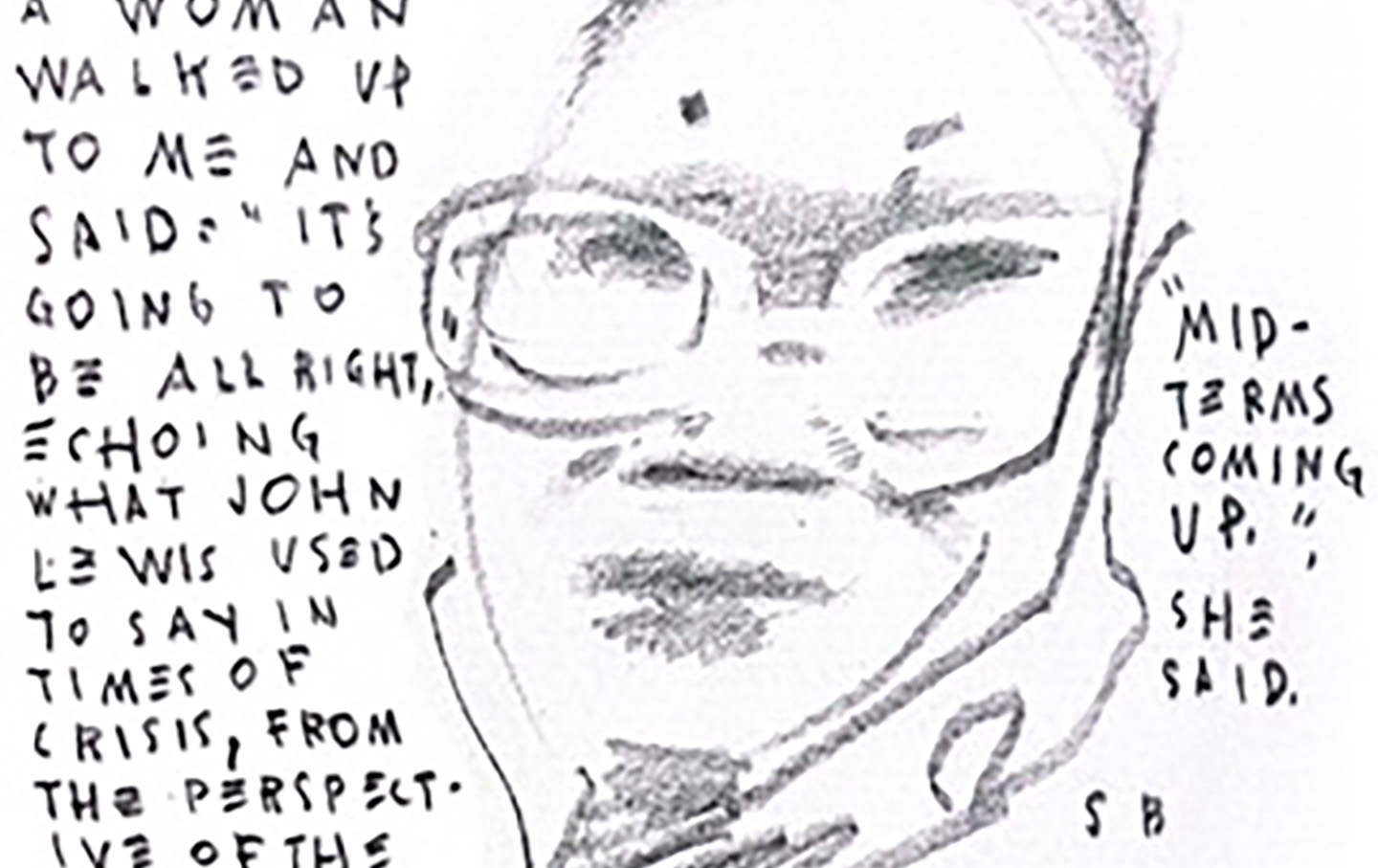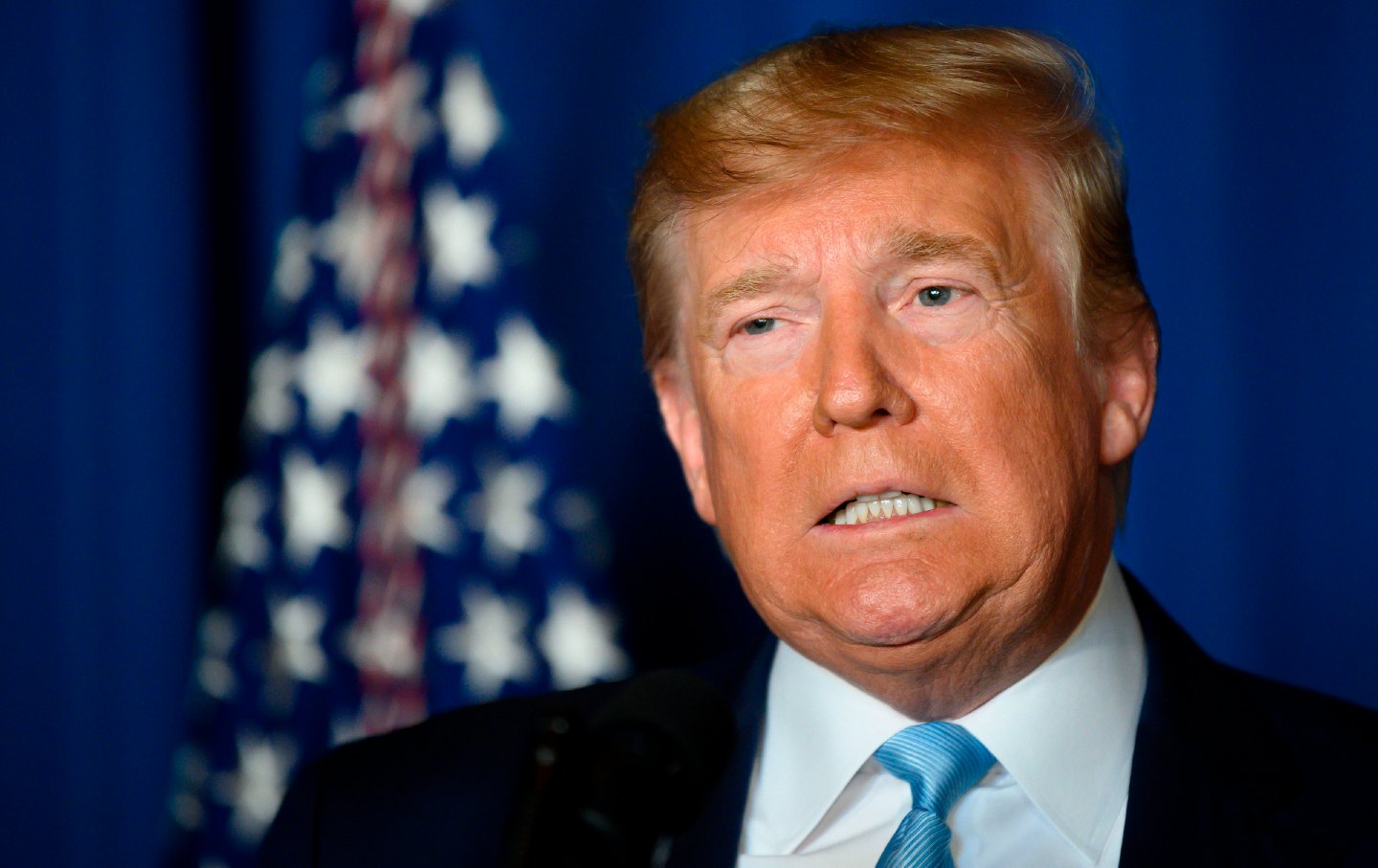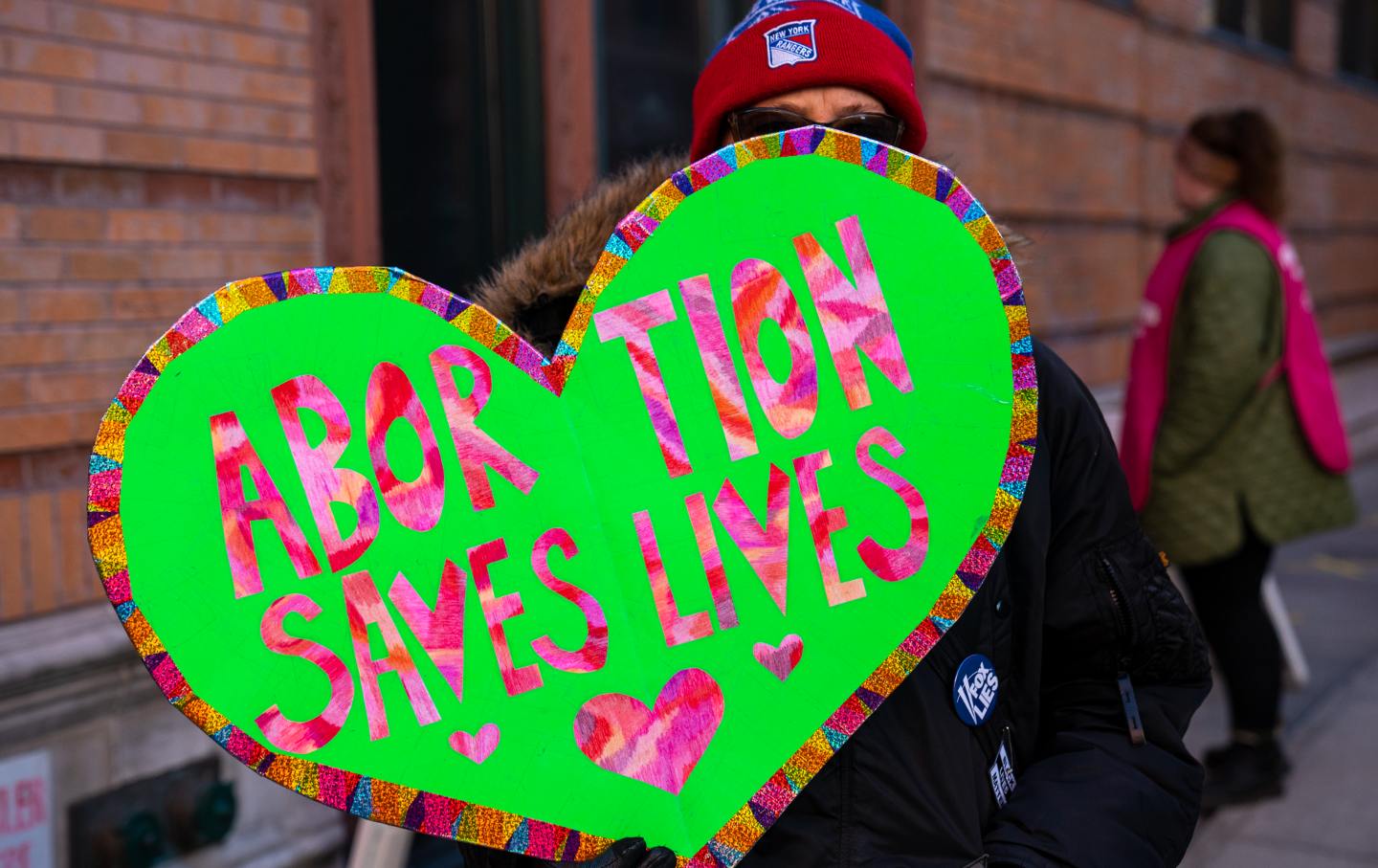
Trick or Treat? Trick or Treat?
What will the future hold for our country?
Nov 7, 2024 / OppArt / Peter Kuper and Kim DeMarco

It’s Going to Be All Right It’s Going to Be All Right
Midterms are coming up.
Nov 6, 2024 / OppArt / Steve Brodner

In New York, Progressive Values Have a Line on the Ballot In New York, Progressive Values Have a Line on the Ballot
I can’t support the Democratic Party position on Gaza, yet I recognize that Trump would be even worse. That’s why I’m voting for Harris on the Working Families Party Line.
Nov 4, 2024 / Cynthia Nixon

Scared of E. Coli? Donald Trump Should Terrify You. Scared of E. Coli? Donald Trump Should Terrify You.
During his presidency, Donald Trump worked to deregulate food safety—a deadly idea—and he has promised to roll back more protections if he is elected again.
Nov 4, 2024 / Tom Colicchio

Trump’s Anti-War Charade Deserves a Challenge Trump’s Anti-War Charade Deserves a Challenge
It’s a grave mistake for Democrats to let Trump be the only voice expressing revulsion at militarism.
Nov 4, 2024 / Jeet Heer

Sketchy Democracy Sketchy Democracy
Turbulent times.
Nov 4, 2024 / OppArt / Felipe Galindo and Steve Brodner

Reproductive Freedom Is on the Ballot In New York Reproductive Freedom Is on the Ballot In New York
Abortion rights in New York State are protected, but not guaranteed. New York voters can fix that by turning their ballots over and voting for Proposition 1.
Nov 1, 2024 / Alexis McGill Johnson

Undecided Voters? Undecided Voters?
Time to open the sanity parachute.
Nov 1, 2024 / OppArt / Peter Kuper


